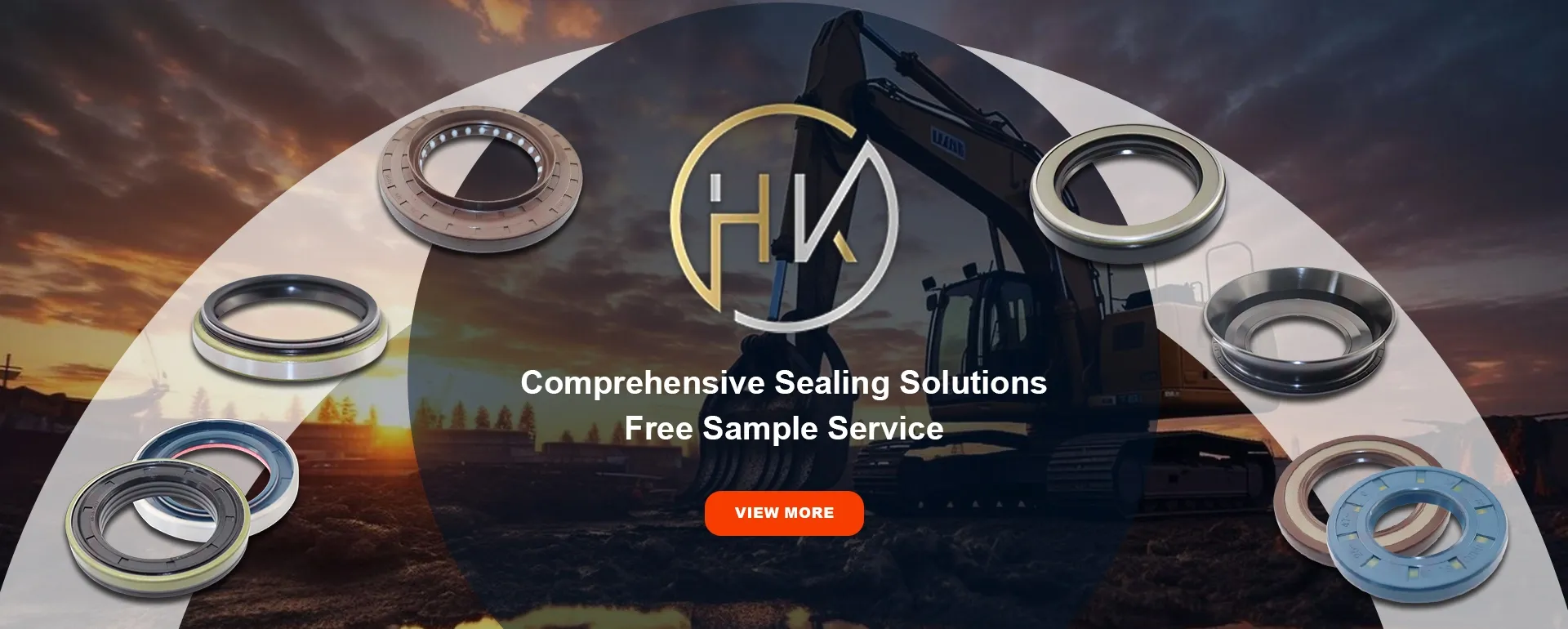nóv . 17, 2024 06:16 Back to list
Understanding the Importance of Shaft Oil Seals in Mechanical Systems
Understanding Shaft Oil Seals Essential Components for Machinery Efficiency
Shaft oil seals are critical components in various machinery, playing a vital role in ensuring optimal performance and longevity. These seals are designed to prevent the leakage of lubricants and protect the internal mechanisms from dust, dirt, and moisture. By creating a barrier around rotating shafts, oil seals help maintain the integrity of the lubrication system, thereby enhancing operational efficiency and reliability.
Components and Design
Oil seals are typically composed of durable materials such as rubber, plastic, or a combination thereof. The design often features a rotating lip that contacts the shaft surface, creating a tight seal. The pressure and temperature conditions within the machinery affect the performance of these seals, making it essential to select the right type for specific applications. Common designs include single-lip seals, double-lip seals, and V-ring seals, each serving different sealing needs depending on factors like pressure levels and environmental conditions.
Applications
Shaft oil seals are utilized across various industries, including automotive, aerospace, manufacturing, and heavy equipment. In automotive applications, for example, these seals are crucial in engine assemblies, transmissions, and differential housings, where they prevent oil leakage and ensure that components remain lubricated. In industrial machinery, oil seals are found in motors, pumps, and gearboxes, where they help maintain the necessary lubrication for smooth operation.
shaft oil seal

Common Problems and Maintenance
While shaft oil seals are designed to be durable, they can wear out over time due to operational stress, improper installation, or chemical exposure. Common problems include oil leaks, which can lead to decreased efficiency and potential damage to internal components. Regular inspection and maintenance are essential to identify signs of wear, such as visible leakage or deterioration of the seal material.
In some cases, replacing a worn-out oil seal can be a straightforward process. However, it is crucial to ensure that the shaft is free of damage and that the new seal is installed correctly to avoid further issues. Additionally, using the right lubricant and maintaining proper operating conditions can significantly extend the lifespan of the seals.
Conclusion
In summary, shaft oil seals are indispensable for maintaining the efficiency and reliability of various machinery. Their primary function is to prevent oil leakage and protect internal components from contaminants. Understanding their design, applications, and maintenance needs is crucial for anyone involved in the operation or maintenance of machinery. By ensuring that these seals are in good condition, industries can avoid costly repairs and downtime, ultimately leading to enhanced productivity and equipment longevity. Regular maintenance and timely replacement of oil seals will undoubtedly contribute to smoother operations in any mechanical system.
-
The Trans-formative Journey of Wheel Hub Oil Seals
NewsJun.06,2025
-
Graphene-Enhanced Oil Seals: Revolutionizing High-Pressure Oil Sealing
NewsJun.06,2025
-
Future of Hydraulic Sealing: Advanced Intelligent TCN Oil Seals
NewsJun.06,2025
-
Don’t Let a Broken TCV Oil Seal Ruin Your Day
NewsJun.06,2025
-
Bio-Inspired Dust Seals for Better Sealing Performance
NewsJun.06,2025
-
Biodegradable and Sustainable Hydraulic Seal Materials
NewsJun.06,2025
-
Top Oil Seal Solutions for Your Industrial Needs
NewsMay.22,2025
Products categories
















